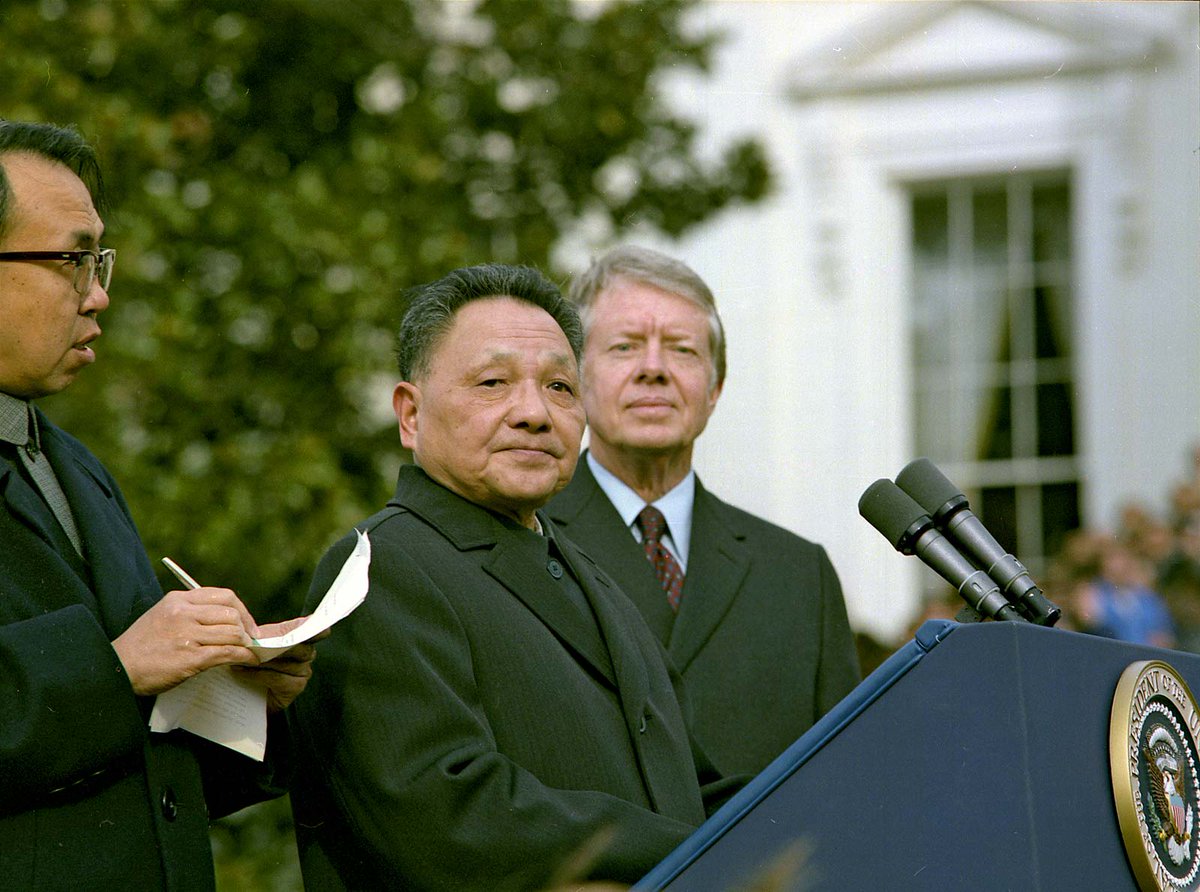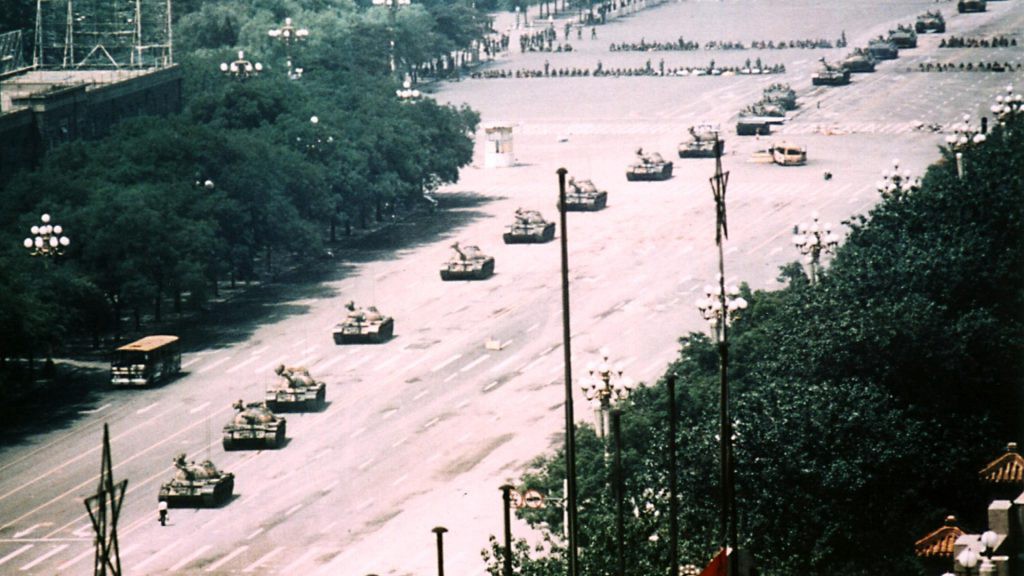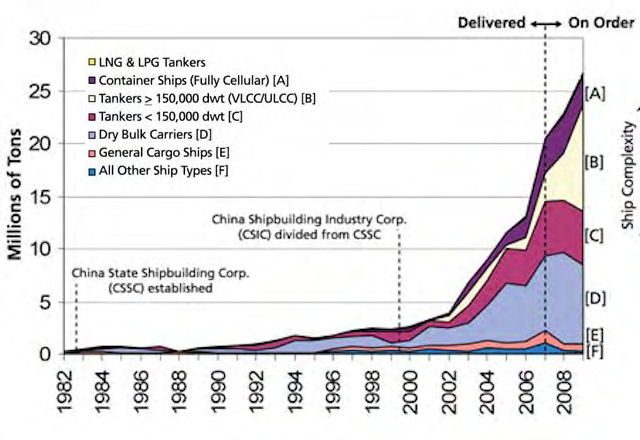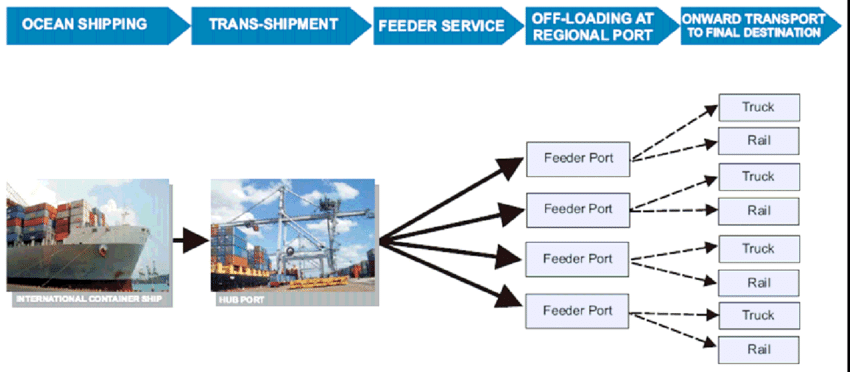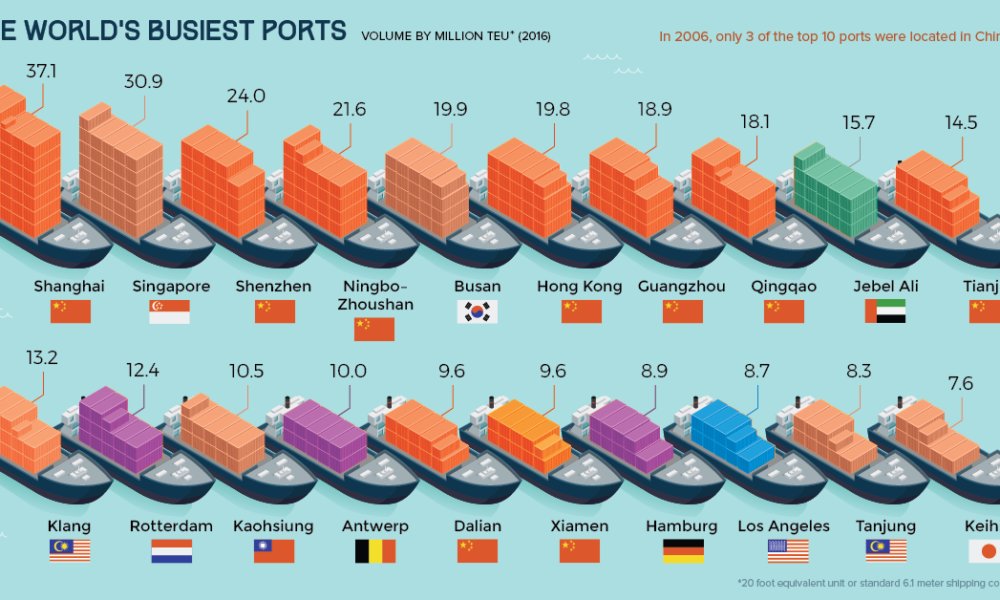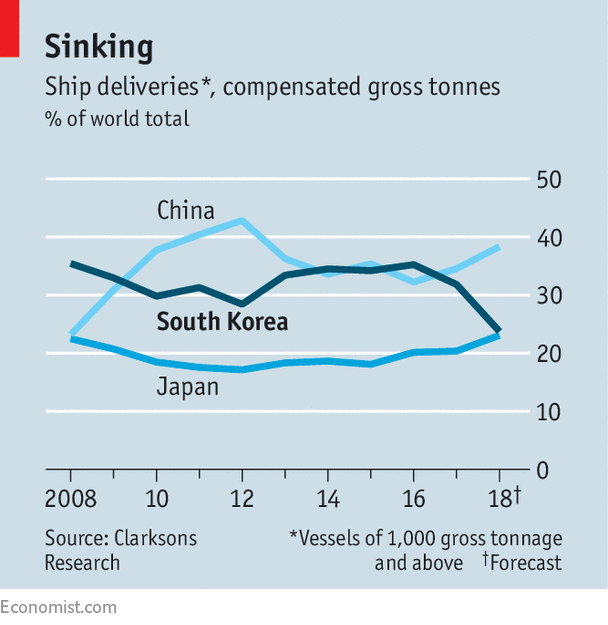 Layman's Understanding of China-Origin Supply Chains
Layman's Understanding of China-Origin Supply Chains
Let's take a look at how China became the single point of failure for trillions of dollars in economic impact.
Per the @stlouisfed's analysis in 2016, China now accounts for the largest share of manufacturing output.
The trend began in 1980 and accelerated beginning in the early 1990's. This was a synergistic process with several benefits to Western companies who offshored to China.
2/
The trend began in 1980 and accelerated beginning in the early 1990's. This was a synergistic process with several benefits to Western companies who offshored to China.
2/
History: During the period of turmoil following the death of Mao in 1976, political titan Deng Xiaoping survived a series of palace schemes by Mao loyalists and other powerful interests.
The concern was that Deng would undermine the Cultural Revolution and press for reform.
3/
The concern was that Deng would undermine the Cultural Revolution and press for reform.
3/
After consolidating power at the Third Plenary Session of the CCP in 1978, Deng did exactly that.
He instituted a series of initiatives designed to gradually elevate China to a position of power in the world, centered on four domains:
Agriculture
Economy
Science
Defense
4/
He instituted a series of initiatives designed to gradually elevate China to a position of power in the world, centered on four domains:
Agriculture
Economy
Science
Defense
4/
The reforms began a period of phenomenal growth, and stands as one of the more remarkable economic revolutions in human history.
Note well, this is not intended to valorize Deng, as he was behind a great many terrible human rights abuses and violations of decency.
5/
Note well, this is not intended to valorize Deng, as he was behind a great many terrible human rights abuses and violations of decency.
5/
In 1980, Deng began to rapidly force modernization of the manufacturing and economic base of China, with the key goals of: moving from light to heavy industrial manufacturing, controlling many key raw materials, and creating a consumeristic society with larger spending power.
6/
6/
Essential to this approach was hybridizing Mao's hardline Communism with capitalism and global trade.
Private ownership (technically) of companies, farmland, and productive assets increased, so long as the CCP/PLA retained primary benefit.
7/ https://twitter.com/man_integrated/status/1197153424518918144
Private ownership (technically) of companies, farmland, and productive assets increased, so long as the CCP/PLA retained primary benefit.
7/ https://twitter.com/man_integrated/status/1197153424518918144
The combination of an aggressive subsidy model, cheap labor, export-focused manufacturing base, and expanding containerized shipping industry was too much for Western companies to resist.
Offshoring exploded in the 1990's as the preferred business model of MBA's everywhere.
8/
Offshoring exploded in the 1990's as the preferred business model of MBA's everywhere.
8/
Fueled by China's importance as the ascendant manufacturing hub of the world - from steel to electronics to consumer goods - the ocean shipping industry began realigning global routes.
Further, China established its own shipping companies and shipbuilding capacity.
9/
Further, China established its own shipping companies and shipbuilding capacity.
9/
Now, one thing to understand about containerized ocean freight is that it follows a hub-and-spoke model.
Super busy deepwater ocean ports see the largest vessels and throughput of containers, with cargo going to smaller-volume ports on smaller ships via the mega-ports.
10/
Super busy deepwater ocean ports see the largest vessels and throughput of containers, with cargo going to smaller-volume ports on smaller ships via the mega-ports.
10/
This process is called "transshipment".
Larger containerships are more efficient per TEU (twenty foot container-equivalent, the standard unit of measure for the industry), but are limited by how deep they travel in the water ("draft").
Transshipping means efficiency.
11/
Larger containerships are more efficient per TEU (twenty foot container-equivalent, the standard unit of measure for the industry), but are limited by how deep they travel in the water ("draft").
Transshipping means efficiency.
11/
As of 2016, 7 of the 10 busiest ports in the world by throughput of containers were Chinese thank to its massive exports and transshipment activity.
South Korea, once the heavy shipbuilding leader, was overtaken by China in 2012, with the gap widening again in 2017.
12/
South Korea, once the heavy shipbuilding leader, was overtaken by China in 2012, with the gap widening again in 2017.
12/
Halftime break:
This is Wesley, my family's dearly-departed basset hound/yellow lab.
He was the goodest boy who ever good boy'd.
13/
This is Wesley, my family's dearly-departed basset hound/yellow lab.
He was the goodest boy who ever good boy'd.
13/
Part of Deng's plan, set down all the way back in 1978-1980, was to establish control of both manufacturing AND transport.
With the world's economy incrementally more and more reliant on Chinese labor, Chinese subsidies, and Chinese ports, the die was cast.
14/
With the world's economy incrementally more and more reliant on Chinese labor, Chinese subsidies, and Chinese ports, the die was cast.
14/
By 2013, China was ready to enact the next phase of this program, and announced the Belt and Road Initiative.
I've written extensively about BRI, but here's a thread from November that digs into it a little more extensively.
15/ https://twitter.com/man_integrated/status/1192489639547936768
I've written extensively about BRI, but here's a thread from November that digs into it a little more extensively.
15/ https://twitter.com/man_integrated/status/1192489639547936768
Thanks to the consolidation of the ocean shipping industry since the 1990's, fewer and fewer carriers are operating ships, crews, and infrastructure such as port terminals.
Most of these carriers are state-owned, or at least heavily subsidized by govt's and banks.
16/
Most of these carriers are state-owned, or at least heavily subsidized by govt's and banks.
16/
With China dominating such a large percentage of global port capacity via its domestic capacity, BRI, or carriers relying on Chinese ports to streamline operations, any economic contagion that affects China will have myriad knock-on effects for the global economy.
17/
17/
Companies worldwide rely on Chinese manufacturing - 94% of F1000 corps have significant exposure to disruptions there.
All ocean carriers depend on higher-margin freight from China to help offset losses in every other country, and build huge alliances around Chinese demand.
18/
All ocean carriers depend on higher-margin freight from China to help offset losses in every other country, and build huge alliances around Chinese demand.
18/
Further, with the COVID-19 outbreak coming during Lunar New Year when Chinese ex-pats return home, a number of workers may or may not be returning to their foreign jobs or schooling.
Freight forwarders are feeling the sting, as most of these middlemen rely on China freight.
19/
Freight forwarders are feeling the sting, as most of these middlemen rely on China freight.
19/
As COVID-19 spreads from Wuhan, the China's major coastal cities - manufacturing and logistics hubs all - have slowed to a crawl.
Major ocean carriers have begun skipping port calls, which means less capacity for US and Euro exporters.
https://www.bloomberg.com/news/articles/2020-02-15/ships-are-skipping-china-and-it-s-causing-turmoil-for-trade
20/
Major ocean carriers have begun skipping port calls, which means less capacity for US and Euro exporters.
https://www.bloomberg.com/news/articles/2020-02-15/ships-are-skipping-china-and-it-s-causing-turmoil-for-trade
20/
Cargo airlines, also dependent on the transshipment model via major air routes and hubs, are in as much of a pickle.
Draymen (container trucking), customs brokers, warehousemen, and delivery companies are struggling with less freight in circulation.
21/
Draymen (container trucking), customs brokers, warehousemen, and delivery companies are struggling with less freight in circulation.
21/
Logistics and transportation - globally a $4 trillion industry - has been completely upended by the sudden and dramatic slowdown of China.
The companies who rely on their Chinese factories, labor, and shipping services - from Amazon to tiny mom and pop firms - are crippled.
22/
The companies who rely on their Chinese factories, labor, and shipping services - from Amazon to tiny mom and pop firms - are crippled.
22/
While the trade war has had a significant impact on manufacturing, retail sales, and logistics between China and the West, COVID-19's impact seems to be likely to have a more sustained and durable effect.
Uncertainty is the capital killer.
23/ https://gcaptain.com/coronavirus-to-hit-u-s-retail-imports-in-february/
Uncertainty is the capital killer.
23/ https://gcaptain.com/coronavirus-to-hit-u-s-retail-imports-in-february/
NO ONE really knows for sure what will happen next.
Sourcing and manufacturing that relocated from China during the trade war can't hide from a bioweapon.
Port and logistics providers can only reorient so fast.
2020 is already shaping up to be something else.
Stay tuned.
24/
Sourcing and manufacturing that relocated from China during the trade war can't hide from a bioweapon.
Port and logistics providers can only reorient so fast.
2020 is already shaping up to be something else.
Stay tuned.
24/

 Read on Twitter
Read on Twitter
